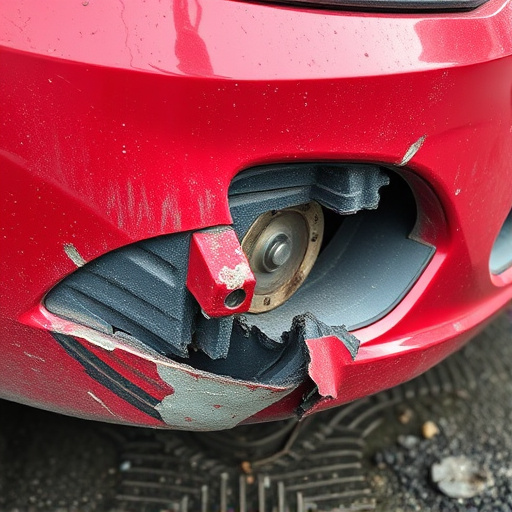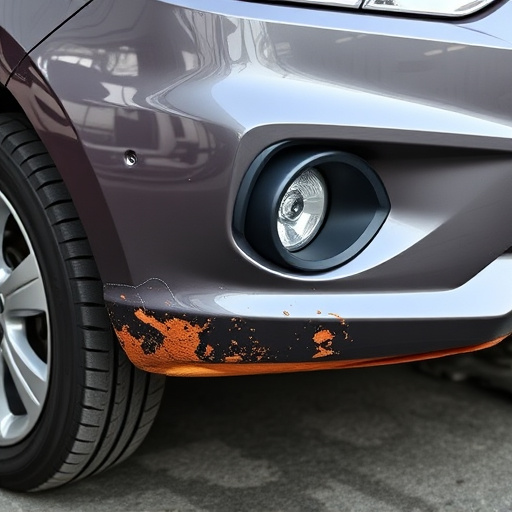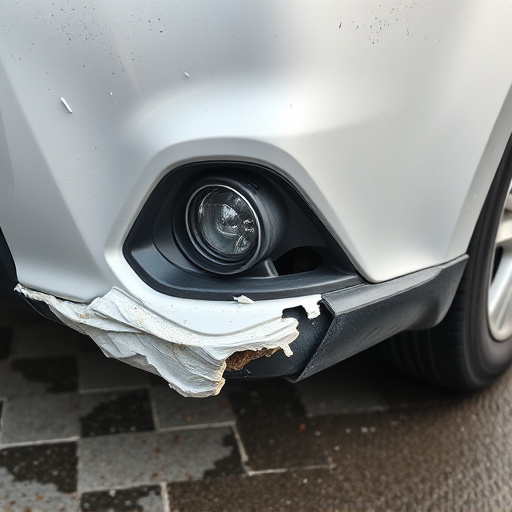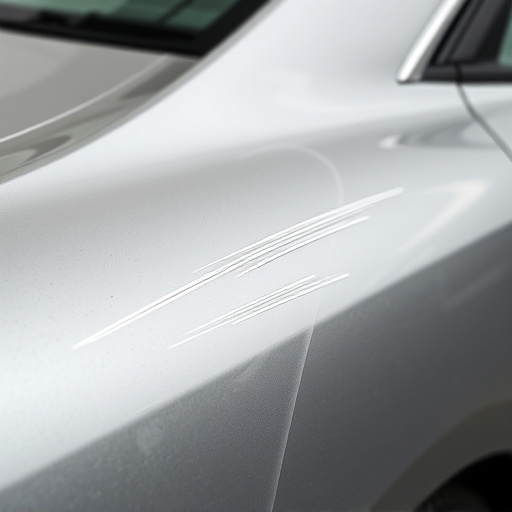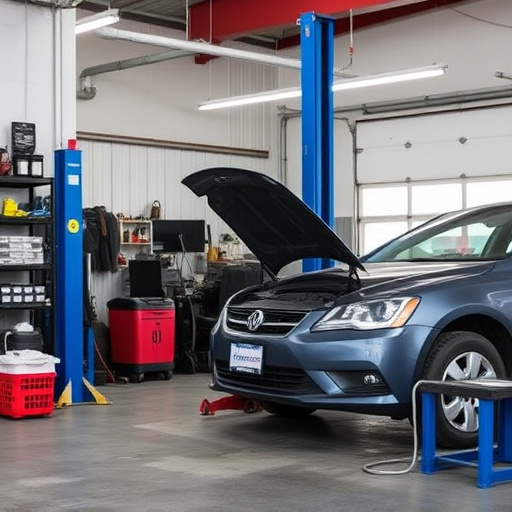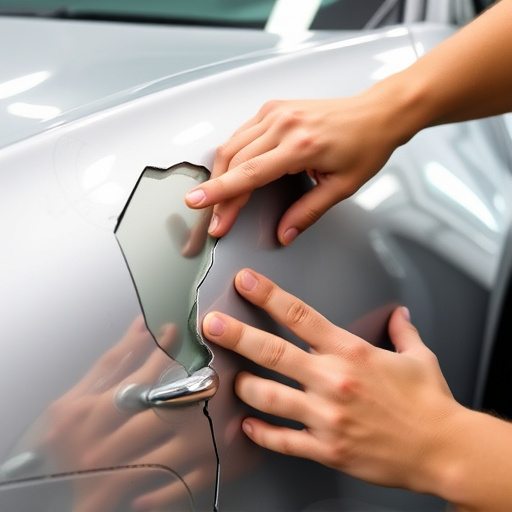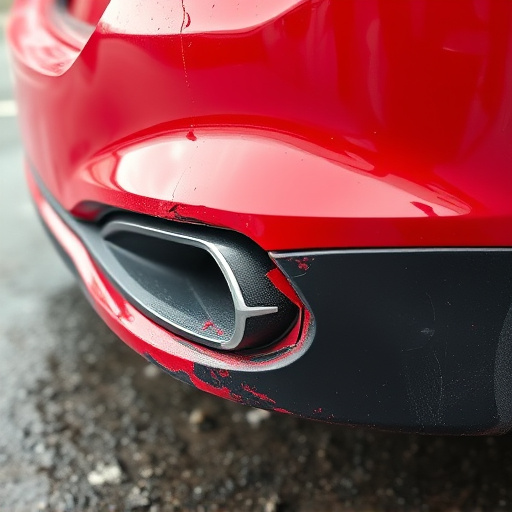Category: Tesla factory repair methods
Tesla Factory Repair Methods: An In-Depth Analysis
Introduction
The automotive industry has witnessed a significant shift towards electric vehicles (EVs), with Tesla leading the charge as a pioneer in sustainable transportation. As Tesla continues to expand its global presence, understanding its manufacturing and repair processes is crucial for several stakeholders, including automakers, policymakers, researchers, and consumers. This article delves into the intricate world of Tesla factory repair methods, exploring their evolution, impact, and potential future directions. By examining various aspects, from technological innovations to regulatory frameworks, we aim to provide a comprehensive guide to this dynamic field.
Understanding Tesla Factory Repair Methods: A Comprehensive Overview
Definition: Tesla factory repair methods refer to the systematic processes and technologies employed by Tesla, Inc. for the repair and maintenance of its electric vehicles at manufacturing facilities or authorized service centers worldwide. It encompasses not only the physical restoration of damaged vehicles but also the optimization of production lines and supply chains to ensure efficient and cost-effective repairs.
Core Components:
-
Diagnostic Technologies: Advanced diagnostic tools are utilized to identify issues with precision, utilizing on-board diagnostics (OBD) systems and specialized software to analyze vehicle data.
-
Spare Parts Management: Tesla has established an extensive global network for spare parts distribution, ensuring quick availability of authentic components for repairs.
-
Training Programs: The company invests in training its service technicians to stay updated with the latest repair techniques and technologies, maintaining high-quality standards.
-
Automated Repair Processes: Tesla incorporates automated repair systems, such as robotic arms and advanced welding technology, to streamline assembly lines and reduce downtime.
Historical Context: Since its founding in 2003, Tesla has revolutionized the automotive industry with its innovative electric powertrains and sleek designs. As the company grew, so did the need for robust repair methods to support its expanding customer base. Initially, Tesla focused on conventional repair practices but soon realized the potential of adopting modern manufacturing principles to enhance efficiency and sustainability in vehicle repairs.
Significance: Efficient factory repair methods are vital for several reasons:
- Customer Satisfaction: Prompt and effective repairs ensure customer satisfaction and loyalty, crucial for Tesla’s reputation as a premium brand.
- Cost Management: Optimized repair processes can reduce labor costs and material waste, impacting overall production expenses.
- Sustainability: By minimizing the environmental impact of vehicle repairs, Tesla aligns with its commitment to sustainable practices throughout its supply chain.
- Global Expansion: As Tesla enters new markets, understanding local repair capabilities is essential for after-sales support and service availability.
Global Impact and Trends
Tesla’s factory repair methods have left a significant mark on the global automotive landscape, influencing both traditional automakers and emerging EV manufacturers:
| Region | Impact | Trends |
|---|---|---|
| North America | Tesla’s direct-to-consumer sales model and rapid service center expansion challenged conventional dealership networks. | The rise of digital diagnostics and remote troubleshooting is accelerating, driven by advanced telematics systems. |
| Europe | The company’s presence has prompted European automakers to invest in electric vehicle repair infrastructure and training programs. | There’s a growing emphasis on standardized repair procedures and cross-border part distribution networks. |
| Asia-Pacific | Tesla’s success inspired local EV manufacturers to establish sophisticated repair facilities, enhancing regional service capabilities. | Rapid urbanization and increasing EV adoption drive the demand for efficient, mobile repair services. |
Economic Considerations: Market Dynamics and Investments
The economic aspects of Tesla factory repair methods are multifaceted, impacting various sectors:
-
Market Dynamics: The global electric vehicle market is projected to reach $862.9 billion by 2030 (source: Fortune Business Insights), presenting a massive opportunity for Tesla and its competitors. Efficient repair methods ensure competitive pricing and quick turnaround times, capturing market share.
-
Investment Patterns: Tesla’s aggressive expansion into new markets has required substantial investments in local service infrastructure. In 2021, the company announced plans to invest $4 billion in its global charging and service network (source: Tesla Q4 2021 Earnings Call).
-
Economic Systems: Effective repair methods contribute to economic systems by fostering local job creation, reducing import dependence on spare parts, and promoting sustainable practices.
Technological Advancements: Driving Innovation Forward
Tesla’s commitment to technological excellence is evident in its factory repair processes, with several significant advancements:
-
Autonomous Robotics: Tesla utilizes advanced robotics for body shop repairs, including robotic arms for welding and paint application, increasing precision and productivity.
-
AI-Powered Diagnostics: Artificial Intelligence (AI) algorithms analyze vehicle data to pinpoint issues more efficiently than traditional methods, reducing repair time.
-
3D Printing: This technology is employed for manufacturing custom parts quickly, allowing for faster repairs and reduced wait times. Tesla’s in-house 3D printing capabilities have been instrumental in optimizing production.
-
Digital Twin Technology: Creating digital replicas of physical vehicles enables Tesla to simulate repair procedures, predict outcomes, and optimize processes before actual implementation.
Policy and Regulation: Shaping the Repair Landscape
Government policies and regulatory frameworks play a critical role in governing Tesla’s factory repair methods, ensuring consumer protection and fair competition:
-
Warranty and Service Coverage: Many countries have strict regulations regarding manufacturer warranties, dictating the scope of repairs and service offerings. Tesla adheres to these standards while offering extended service packages.
-
Spare Part Distribution: Regulatory bodies oversee the distribution and sale of genuine spare parts to prevent counterfeits. Tesla’s direct control over its global part network ensures compliance with these regulations.
-
Safety Standards: Stringent safety protocols for vehicle repairs are mandated worldwide, impacting everything from workplace safety measures to environmental considerations during disposal.
-
Data Privacy: As vehicles become increasingly connected, data privacy laws govern how auto manufacturers handle vehicle diagnostics and repair information. Tesla must navigate these legal requirements while maintaining its focus on data security.
Challenges and Criticisms: Overcoming Barriers
Despite its successes, Tesla’s factory repair methods face several challenges:
-
Skilled Workforce: The demand for specialized technicians capable of handling advanced EV repairs surpasses supply in many regions. Addressing this skill gap through training programs is crucial.
-
Part Availability: Ensuring the availability of genuine parts, especially in remote areas, remains a challenge. Localized part distribution centers can help mitigate this issue.
-
Regulatory Compliance: Navigating complex regulatory environments across different countries can be cumbersome. Standardized repair protocols and global partnerships with local service providers can simplify this process.
-
Customer Perception: Some critics argue that Tesla’s direct-to-consumer sales model may lead to reduced customer trust in official service centers. Transparent marketing and exceptional service quality can counteract these concerns.
Proposed Solutions:
- Collaborate with educational institutions to develop specialized training programs for EV repair technicians.
- Establish global part distribution networks and localized warehouses to enhance spare part availability.
- Implement standardized repair procedures and digital documentation systems to streamline compliance across jurisdictions.
- Foster community engagement through online forums and workshops to build trust and encourage customers to utilize official service centers.
Case Studies: Real-World Applications
1. Germany: Efficient Repair Network
Tesla’s expansion into Germany led to the establishment of a robust repair network. By partnering with local service providers, Tesla ensured quick turnaround times for repairs while adhering to strict German safety standards. This strategy not only satisfied customers but also demonstrated Tesla’s commitment to integrating into European markets.
2. China: Mobile Repair Services
In response to China’s bustling urban landscape and limited parking spaces, Tesla introduced mobile repair services. Trained technicians equipped with specialized vans travel to customers’ locations, providing on-site repairs and diagnostics. This innovative approach has been well-received, particularly in major cities like Shanghai and Beijing.
3. United States: AI-Driven Diagnostics
Tesla’s implementation of AI-powered diagnostic tools has significantly reduced repair times in the US market. The system can identify issues with up to 95% accuracy, allowing technicians to focus on more complex repairs. This technology has been instrumental in maintaining high service standards while managing increased demand.
Future Prospects: Emerging Trends and Growth Areas
The future of Tesla factory repair methods is brimming with opportunities and strategic considerations:
-
Digital Transformation: The rise of the Internet of Things (IoT) and cloud-based systems will enable real-time vehicle diagnostics and remote troubleshooting, enhancing customer convenience.
-
Sustainable Materials: As Tesla continues its commitment to sustainability, future repairs may involve eco-friendly materials, reducing the environmental impact of after-sales service.
-
Global Standardization: Standardized repair protocols and digital documentation will streamline processes across regions, ensuring consistent quality and reducing costs.
-
Part Sharing and Recycling: Tesla might explore part sharing among models and recycling programs to minimize material waste and lower production costs.
-
Artificial Intelligence Advancements: AI’s role in predictive maintenance and autonomous repairs could revolutionize the industry, improving efficiency and safety.
Conclusion: Powering Ahead with Innovative Repair Methods
Tesla factory repair methods have evolved into a sophisticated, data-driven system that aligns perfectly with the company’s innovative spirit. By embracing technological advancements, global collaboration, and sustainable practices, Tesla sets a benchmark for the automotive industry. As the electric vehicle revolution continues to gain momentum, understanding and optimizing these repair methodologies will be crucial for automakers, policymakers, and consumers alike.
FAQ Section: Addressing Common Concerns
Q: Are Tesla’s factory repair methods accessible in remote areas?
A: While Tesla aims for global coverage, the availability of service centers and genuine spare parts may vary in remote regions. The company is continuously expanding its network to improve accessibility.
Q: How does Tesla ensure the quality of its repair services?
A: Tesla maintains strict quality control standards, regular training programs for technicians, and digital documentation systems to guarantee consistent service quality worldwide.
Q: Can I get my Tesla repaired at any authorized service center?
A: Yes, Tesla has a global network of authorized service centers. However, some specialized repairs or parts might require direct communication with the manufacturer or regional distribution centers.
Q: What happens if a part is not available locally?
A: In such cases, Tesla can source the part from its global distribution network or facilitate an order for delivery, ensuring minimal disruption to the repair process.
Q: How does Tesla address data privacy concerns during vehicle diagnostics?
A: Tesla prioritizes data security and privacy by employing advanced encryption techniques and secure cloud infrastructure for storing and processing vehicle diagnostic data.
Unveiling Tesla’s Structural Bonding: Factory Repairs Reinvented

Tesla has transformed factory repairs with innovative techniques focusing on functionality and desig…….
Mastering Tesla Factory Repairs for Autopilot Alignment
Tesla Factory Repair: Bumper Sensor Alignment Mastery
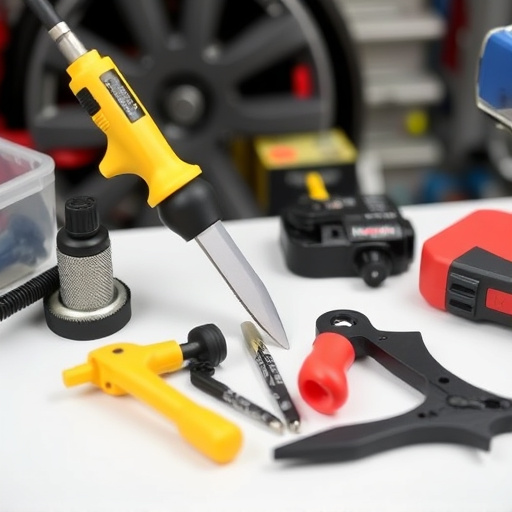
Tesla factory repair methods for bumper sensors emphasize precision and quality control, utilizing a…….
Tesla Factory Repair: Certified Technicians Master Advanced Methods
Tesla Factory Repairs: Protecting Airbag Sensor Mount Points
Tesla Factory Repair: Adhering to Strict Proprietary Protocols

Tesla employs closely guarded factory repair methods that ensure all vehicles leaving their facility…….
Tesla Factory Repair: Calibrate Cameras and Sensors Effortlessly
Unveiling Tesla Factory Repair Methods: Battery Compartment Inspection Strategies

Tesla factory repair methods prioritize innovation and comprehensive inspection, focusing on battery…….

